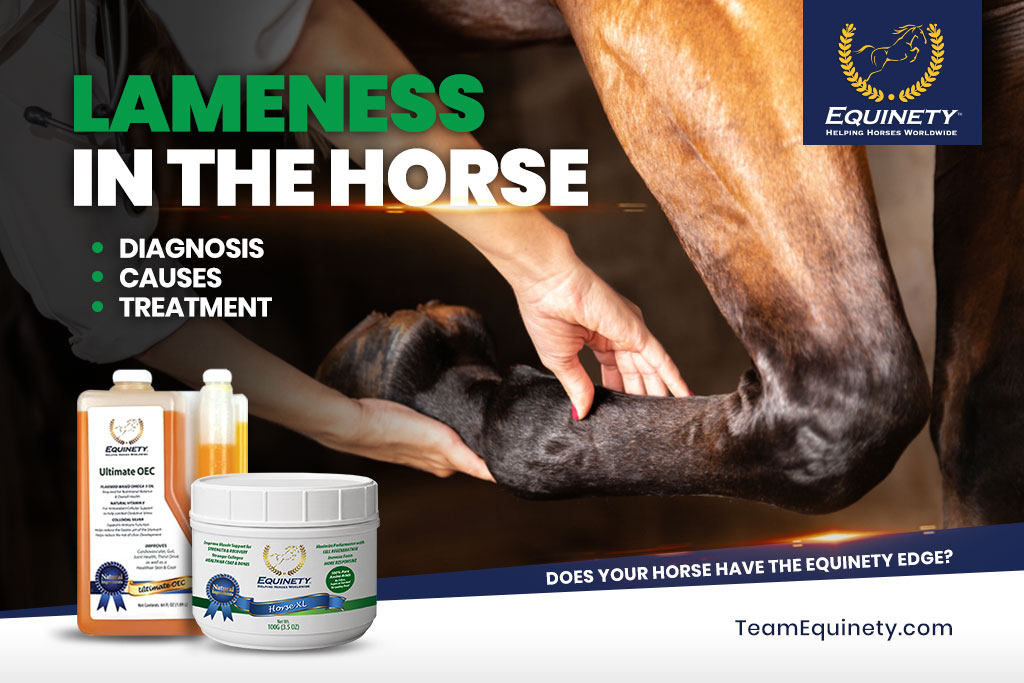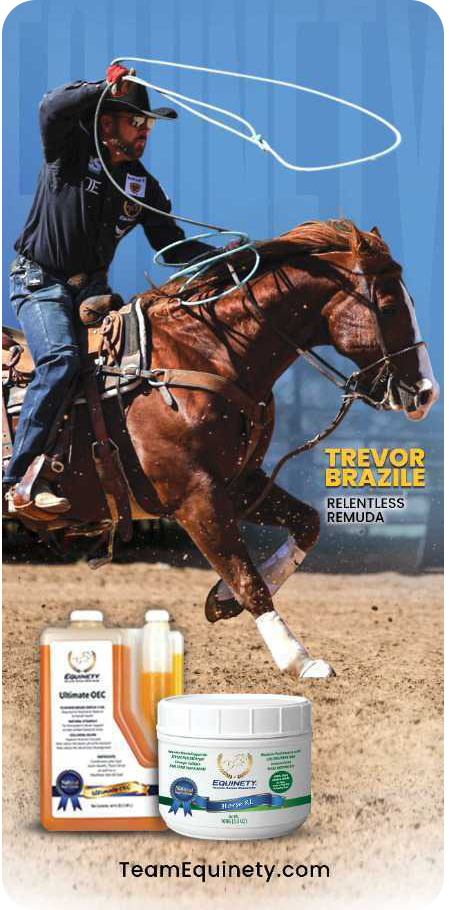Horses have strong bodies and muscles, so they can perform challenging tasks, whether performing or working horses, but some diseases are pretty painful for them, which can lead to different issues.
Causes of Lameness in Horses:
There are many reasons behind the lameness in horses. So if you own a horse, you must be familiar with them for early diagnosis and timely treatment. The following are the leading causes of lameness in equines.
1. Trauma:
Trauma to the foot of the equine can lead to lameness in horses. It is quite a painful situation, for example, stepping on a sharp object.
2. Poor Shoeing:
Proper shoeing is very important for a horse to perform its tasks efficiently. In case of poor shoeing, it can experience lameness while walking or running. Always go for the correct shoe size because too large, small, or tight shoes can cause lameness easily.
3. Arthritis:
Arthritis is also responsible for causing lameness in horses because it affects joint health and result in restricted movement, pain, and inflammation. The severity of this disease depends upon the nature of joint damage.
4. Infections:
Joint, hoof, bone, and soft tissue infections can lead to lameness in horses, and these infections can arise from various resources like respiratory illness, abscesses, and wounds.
5. Tendon Injuries:
Tissues that link muscles to the horse’s bones are called tendons. If your equine faces any kind of tendon injury, it will result in lameness.
Signs of Lameness in Horses:
Noticeable symptoms of lameness in your horse:
1. Weight-bearing issues:
If your horse is putting more weight on one lamb or is reluctant to put weight on a specific leg, it is a sign of lameness. You should pay attention to uneven weight bearing and treat it properly at the initial stage.
2. Poor Performance:
A horse experiencing lameness issues will express it through poor performance as it cannot maintain speed and show reluctance to jump.
3. Swelling:
Swelling or heat in a specific leg or foot may indicate lameness in horses because inflammation is a typical response to pain or injury.
4. More sweating:
More sweating without laborious exercise shows lameness because the equine’s body works harder to compensate for lameness.
5. Changes in gait:
A horse cannot carry its normal gait due to lameness, so any change in its pace is another sign of disease.
Diagnosis of Lameness in the Horse:
Despite the signs mentioned above of lameness in horses, sometimes it is very challenging to diagnose this disease because all of these signs can be vary and subtle. It is preferred to consult a vet if you are experiencing such symptoms, so initiate the proper diagnosis process with the help of a thorough history of the horse’s lameness.
Types of Lameness in Horses (Equine):
Based on underlying cause and location, horses have various types of lameness. Traumatic lameness, neurological lameness, joint lameness, soft tissue lameness, limb lameness, hoof lameness, front end lameness, and hind end lameness are common types from which your equine can suffer at any stage of life.
After a diagnosis of the type of lameness, the next step in its treatment is a few treatments you can initiate for quick and safe recovery.
- Medication:
With the help of medication, your equine will get relief from inflammation and pain. It is better to consult with the vet for a prescription of proper medicine for lameness.
- Rest:
Providing adequate time for rest is the essential step to cure lameness. It will help reduce inflammation and allow the injured area to heal quickly.
- Shoeing:
A change in shoeing is also a good step for overcoming lameness, as it will reduce stress on a horse’s gait. The vet will help you in this matter by recommending proper shoeing changes.
- Change in the environment:
A horse is too much associated with a peaceful environment. So it is preferable to provide a favorable environment for relevant results.
- Surgery:
After following all the steps mentioned above, surgery is the only option left if your equine is still facing lameness. In some cases, a horse must go through surgery as it will help it repair torn ligaments and tendons.
With the help of the below-mentioned natural tips and diet for equine, you can easily manage this issue in your horse.
- Limited Grain:
Grains are a significant source of inflammation and weight gain in horses. So if the equine is experiencing lameness, limit the number of grains in its diet. A forage-based diet will be a great choice as it contains essential vitamins and minerals.
- Weight Management:
Extra weight is also responsible for lameness in horses, so keep a regular check on the weight and feed a balanced diet.
- Exercise:
Exercise is beneficial for horses to keep their joints and muscles strong. So according to the severity of the disease, you can go for a mild level of it.
- Inclusion of Natural Supplements in Diet:
Natural supplements that contain vitamins, minerals, fatty acids, and protein are best to include in your equine’s diet. They will help them overcome this situation quickly and improve their overall health.
It is a dietary supplement designed to help horses experiencing lameness. It has those essential ingredients which are helpful in the best joint health. It is a natural product that contains no filler, starches, sugar, or soy. It will support your equine’s coat and bone health by repairing the body at a cellular level.
Equinety Horse has 100% natural amino acids crucial for the horse’s overall health. Combining this product with Equinety Ultimate O.E.C. to make a realistic and robust horse supplement will be a great economical choice. So you should also be quite impressed after getting the results of this supplement.
How to Manage Sudden Mystery Lameness in the Horse?
Sudden mystery lameness is no longer a surprising element. So if your horse is experiencing such a condition, you should choose the following options.
- Ice the affected area of the horse to reduce inflammation and pain. This process can be carried out several times daily for up to 20 minutes.
- Monitor the horse’s condition and look for any sudden change in the state. In case of the occurrence of any changes, you should immediately contact the vet.
- Provide sufficient time to your horse for rest because it will help it to overcome this condition quickly.
F.A.Q.’s:
Can a lame horse recover and survive?
Yes, a lame horse can recover and survive easily if we diagnose and begin treatment in earlier stages.
How long does it take to cover a horse from lame?
Depending upon the severity and causes of lameness, recovery time in horses varies from others. It usually takes a few weeks to a few months for complete recovery.
Best Supplements to Treat a Lame Horse
Equinety Horse XL and Equniety Ultimate O.E.C. will help you get the best supplement to treat lameness in horses. These products contain the necessary vitamins, minerals, fatty acids, and amino acids essential for quick recovery.
Can you ride a lame horse?
No, it is better to ride a lame horse because it will cause further pain and injury to your equine.
Expert’s Equine Guides for You:
- Laminitis In Horse: Causes, Symptoms, Treatment
- How to Increase Horse Hoof Growth
- Best Joint Support Supplements (2023)
- Muscle Recovery Natural Supplements for Horses
- Best Gut Health & Digestive Supplement for Horses
- Horse Weight Loss Symptoms and Causes
- Digestive Supplements for Equine (2023)
- How to Boost Horse Immune System Naturally







